Au Cimetière Monsieur...
Au Cimetière Monsieur... is a black pencil and watercolor drawing realized by Francis Picabia, in 1931.
Hand signed lower left, with title lower right.
A certificate of inclusion in the Catalog Raisonné being prepared by the Picabia Committee, dated 30 October 2019, will be delivered in original along with the work.
Drawing originally realized by Picabia to illustrate the important volume "Le Peseur d'Ames" by André Maurois, published by Editions Antoine Roche in 1931.
Though specifically realized for the volume, the drawing was not selected for publication and remained in the artist's personal collection.
Cm. 27,4x22.
Good conditions.
Au Cimetière Monsieur... is a black pencil and watercolor drawing realized by Francis Picabia, in 1931.
Hand signed lower left, with title lower right.
A certificate of inclusion in the Catalog Raisonné being prepared by the Picabia Committee, dated 30 October 2019, will be delivered in original along with the work.
Drawing originally realized by Picabia to illustrate the important volume "Le Peseur d'Ames" by André Maurois, published by Editions Antoine Roche in 1931.
Though specifically realized for the volume, the drawing was not selected for publication and remained in the artist's personal collection.
Cm. 27,4x22.
Good conditions.
Francis Picabia (1879-1953) was born in Paris to a french mother and a Spanish father who was chancellor at the Cuban embassy in Paris. He had a comfortable childhood, even though he was emotionally troubled. He studied at the École nationale supérieure
desbeaux-arts. At the beginning of his career, from 1908 to 1913, he was strongly influenced first by the Barbizon School and by Alfred Sisley and Camille Pissarro, then by impressionism, cubism and finally abstractionism. Around 1911 he joined the Puteaux
Group which he met in the studio of Jacques Villon in the village of Puteaux. He then became friends with the artist Marcel Duchamp. Some members of the group were Apollinaire, Albert Gleizes, Roger de La Fresnaye, Fernand Léger and Jean Metzinger.
From 1913 to 1915 Picabia was often in New York. These years can be identified as the proto-Dada period, which consists mostly of the so-called mechanical portraits (portraits méchaniques): these works ironically proposed mechanistic themes of random
tangles of metal parts, paintings and drawings of machines. All these mechanisms on the one hand mocked the cult of the machine, on the other they alluded to sexual intercourse. Later, in 1916, he published the first copy of the Dadaist periodical 391 in
Barcelona, in which he published his first mechanical drawings. He continued the publication with the help of his friend Duchamp in the United States.
Picabia continued his involvement in the Dadaist movement during 1919 in Zurich and Paris before breaking ties with Dada and developing an interest in Surrealism in 1921. In 1924 he wrote the screenplay, consisting of only two pages,
of the film Entr'acte by Rene Clair. In 1925 he changed his style again to return to figurative art. During the 1930s he became close friends with Gertrude Stein. In the early 1940s he moved to the south of France where his artistic process took an unexpected
turn: he produced a series of paintings based on the nude and glamor of French women's magazines, in an opulent style that seemed to subvert the classic female nudes. Before the end of the Second World War he returned to Paris where he resumed abstract
art and poetry.






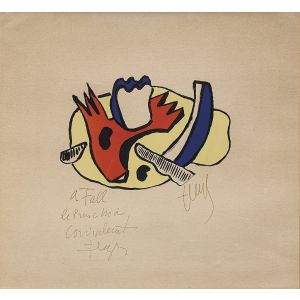






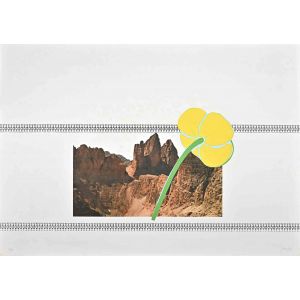
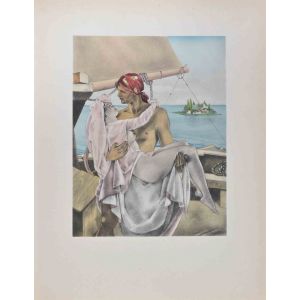
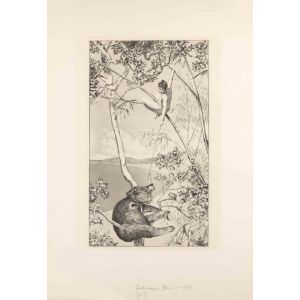
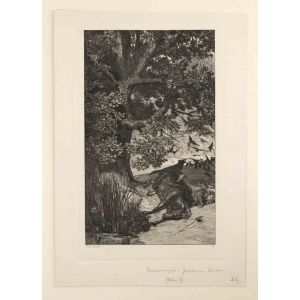
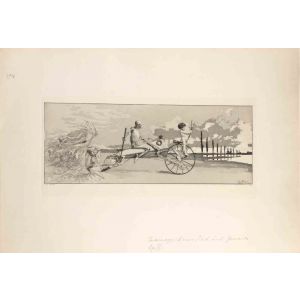
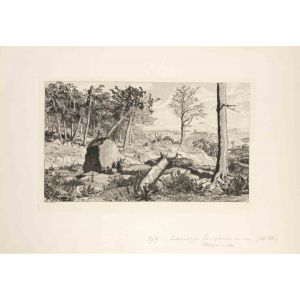
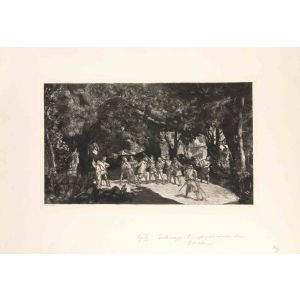
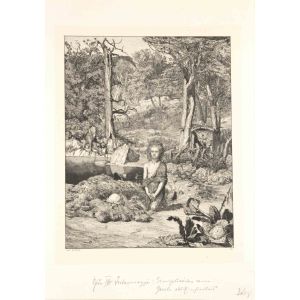
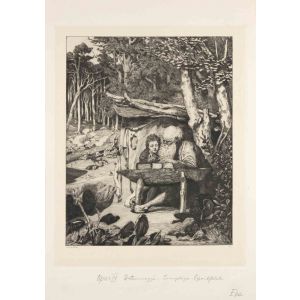
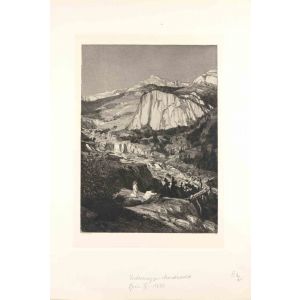

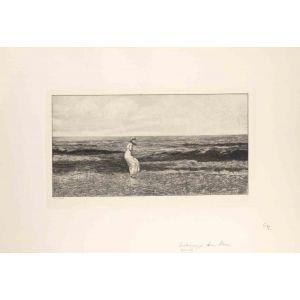










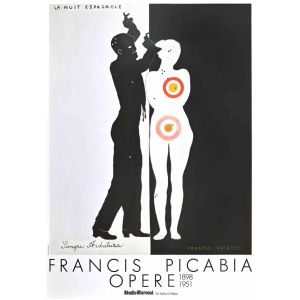

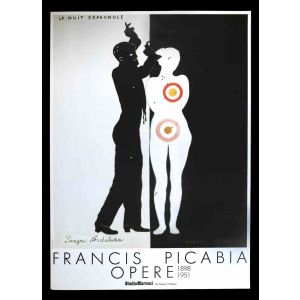
Validate your login
Sign In
Create New Account